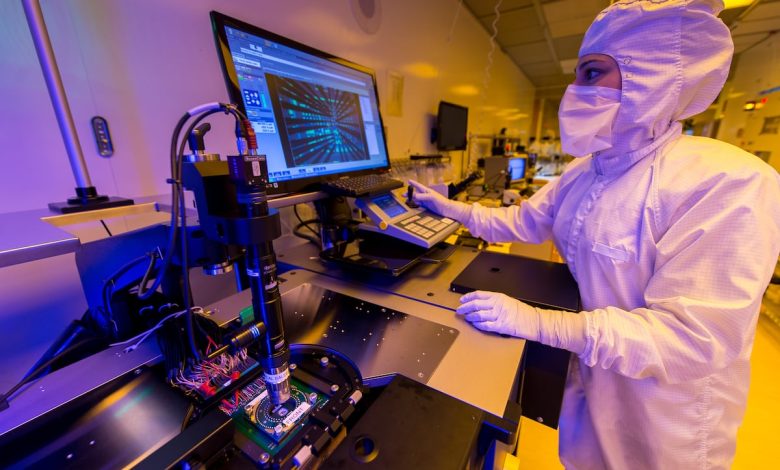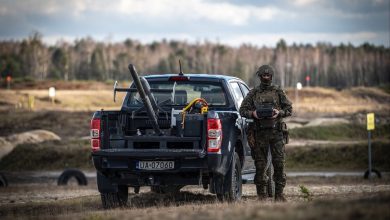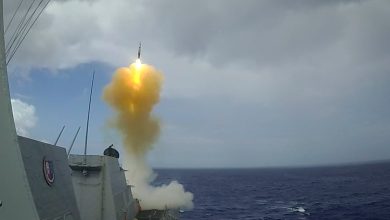RTX delivers first radar to MDA that can track hypersonic weapons

Raytheon has delivered the first missile defense radar to the Missile Defense Agency upgraded with the capability to track hypersonic weapons, the company announced Monday.
The MDA has long used AN/TPY-2 radars to track ballistic missiles, but this new version features a Gallium Nitride, or GaN, populated array, Raytheon said.
The new AN/TPY-2 X-band radar is the 13th system to be delivered to the agency but the first with the technology. It will be a part of the U.S. Army’s eighth Terminal High Altitude Area Defense battery.
The radars can be used in a forward-based mode, providing cuing data to systems like the U.S. Navy’s Aegis ballistic missile defense system or the Army’s Patriot missile defense system. It serves as the primary radar for the Army’s THAAD system.
GaN is technology already integrated into the Army’s Lower-Tier Air and Missile Defense System radar, which was approved for low-rate production last month and will serve as the new tracking sensor for the Patriot air-and-missile defense system.
Raytheon has its own GaN foundry in Andover, Massachusetts, and has worked to develop the capability over decades that allows the radar to run “at twice the power that we had before,” John Norman, company vice president of requirements and capabilities for Raytheon Air and Space Defense Systems, told Defense News.
“You have twice the sensitivity, twice the range. It’s just incredibly efficient,” he said. “Now we’re able to see those targets coming in, to be able to discriminate.”
GaN allows for greater fidelity to see when a warhead separates from a missile body, as well as whether there are decoys present.
“You’re going to have much greater target specificity,” Norman added.
Hypersonic threats fly at speeds greater than Mach 5 and are maneuverable in the glide phase of flight, making them very difficult to track. This means it’s important to defeat hypersonic weapons earlier in flight at greater ranges.
The new radar is “going to enable them to fire at those targets earlier in the engagement cycle,” Norman said.
The technology also has a longer time in between failures or maintenance needs.
“This is just operational more often,” Norman said. “That resolves like 90% of the angst that we had doing that mission set because the missiles are always there, the firing batteries are always there, but it’s having the sensors to make sure you have the coverage of the area you’re trying to defend.”
While MDA is the first U.S. entity to receive the AN/TPY-2 radar with GaN, Saudi Arabia was the first to receive the upgraded version, according to Norman.
Raytheon is now working with the Army on how to take advantage of the company’s investments to upgrade the systems it has in operation. They’re also trying to address other modernization needs, such as integrating new computer components and signal data processing equipment to free up space in the electronics unit, which will make sustainment and maintenance easier, according to Norman.
Jen Judson is an award-winning journalist covering land warfare for Defense News. She has also worked for Politico and Inside Defense. She holds a Master of Science degree in journalism from Boston University and a Bachelor of Arts degree from Kenyon College.







